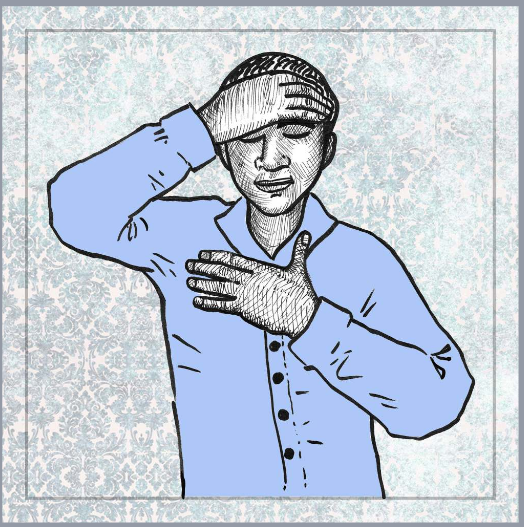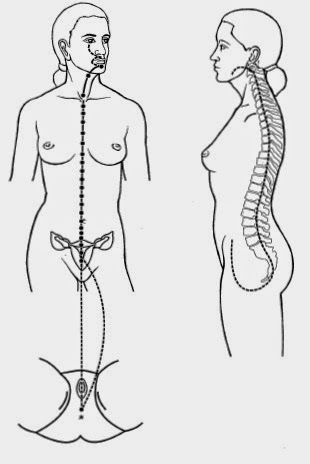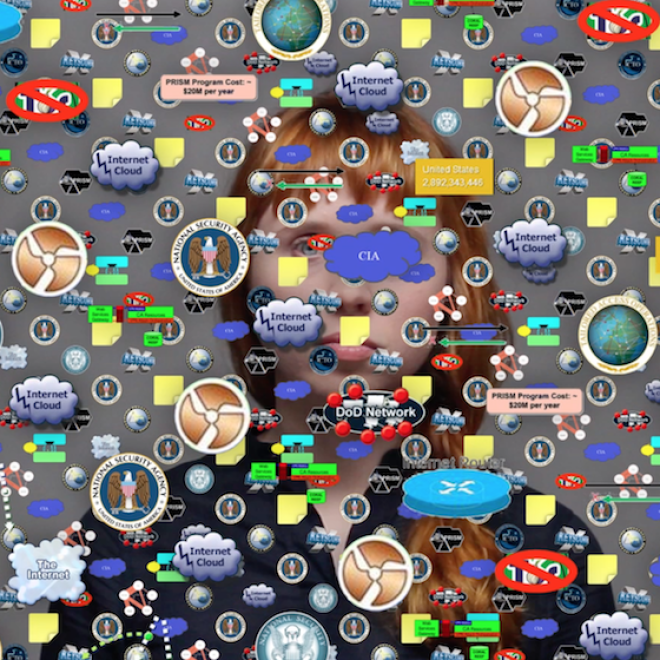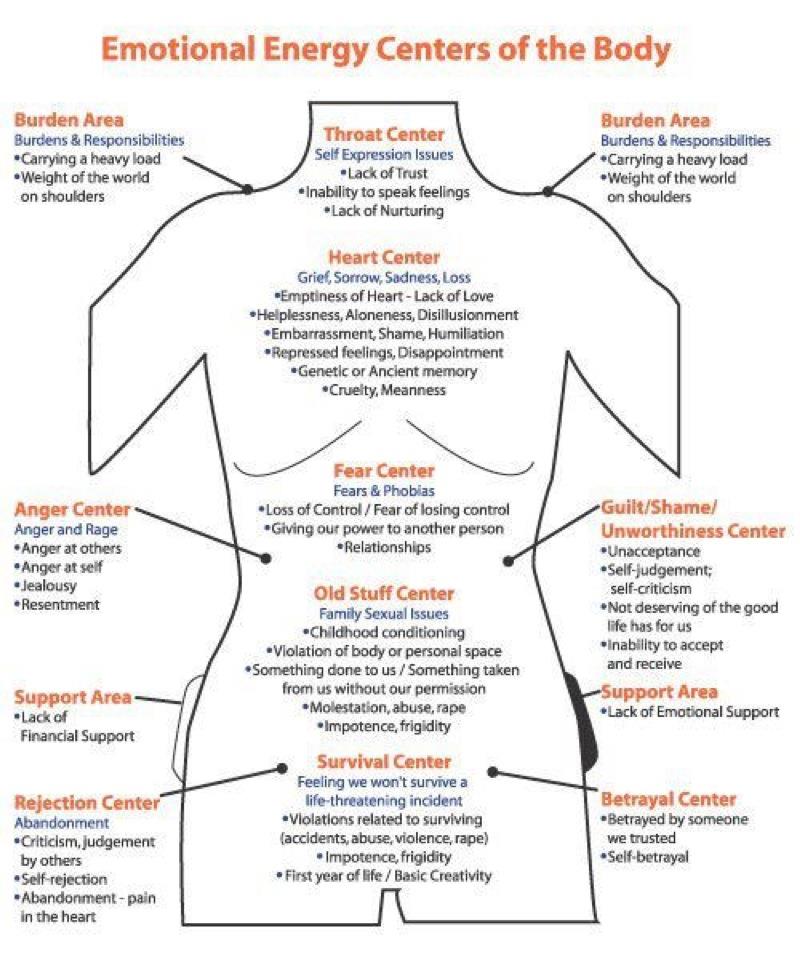Julian Assange on emotions as body states, cultivation of character, passion, and purpose. From the archive of his Interesting Question, IQ.org.

Words have no power to change except when there’s a fork in the road with equally attractive paths.
In your position, I’d take a deep book, a backpack of food and a tent and go walking for three months along the.au or .nz coast. You need to recalibrate your emotions through recalibrating your body. Emotions are body states. The mind can not be strong without strength in its relation to the body. ‘Whatever’ is then quickly answered; wake with the sun, take the next step, eat the next bite and behold people and chairs become a delight. It’s hard for you to see this now, since future visions are colored with present emotional responses. But these emotional responses are just another part of your flesh, built from the integration of your neurons and body. It’s material, stuff, like muscle, constructed from last weeks potatoes and environmental stimulus. You can strengthen your will through overcoming physical hardship.
The natural environment provides man with ready motivational gradients, but civilization has filled them in. Hyper-civilized influences, such as computing, artificial lights, drugs, films, instant food supply, telephones and reading decalibrate by disconnecting behavior and reward and failing to provide the sense data that our biological mental and physical structures have evolved to require.
There’s little difference between a mouse exploring a new maze or a scientist realizing the greatest intellectual act of the age. Both are motivated by the same primitive brain regions that control feelings.
‘The point’ comes when feelings demand it. It can only be rationalized from the axioms of primitive emotion. If these axioms are weak due to decalibration by civilization, ‘the point’ eludes us. If they are strong, we pursue our goals with passion and vigor.
When the world extended to one’s surrounding hills and mountains and over them was only legend, saving the world was approchable and a natural activity to all of independent character.
You do not need to justify the possession of these noble instincts. Such attributes are normally distributed. You have a constellation of these attributes and that makes you who you are. Recognise that the substantial ones are invariant.
You must satisfy your invariant instincts or you will be at odds with your own character. It is only when we are not at odds with our basic makeup that we can find life meaningful.
To exercise your instinct for saving the world, requires saving what you perceive to be the world.
Being modern, educated and wordly, the world you perceive is immense and this is disempowering compared to the valley world of your ancestors where your feelings were forged and where saving 10 people saved 10% of the “world”‘s population.
Here lays the difficulty in actualising your character. Your perception is of a world so vast that that you can not envisage your actions making a meaningful difference.
People try to fool themselves and others into believing that one can “think globally and act locally’, however to anyone with a sense of proportion (not most people, btw) thinking globaly makes acting locally seem to be a marginal activity. It’s not setting the world to rights.
To meaningfully interact with the world, you have to either constrain your perception of what it is back to valley proportions by eschewing all global information (most of us here have engaged on just the opposite course which is what has provoked this discussion), losing your sense of perspective, or start seriously engaging with the modern perception of the world.
That latter path can be hard to find, because it is only satisfied by creating ideas or inventions that have a global impact. Perhaps I have found one, and there’s others out there, but for most people of your character a combination of eschewing knowledge of those parts of the world they can’t change, and robust engagement with the parts they can is probably optimal.
Do not be concerned about when one is to do good, who defines good, etc. Act in the way you do because to do otherwise would to be at odds would to be at odds with yourself. Being on a path true to your character carries with it a state of flow, where the thoughts about your next step come upon waking, unbidden, but welcome.
I support similarly minded people, not because they are moral agents, but because they have common cause with my own feelings and dreams.
Tue 18 Jul 2006 : Laughter
Laughter is fear and relief. Fear is all around. Every step is conditioned by the fear of falling. It is the relief from primitive anxiety and alarm responses that give rise to laughter. The release of the breath that wasn’t needed. That sudden surprise rendered harmless by higher perception. Wonder, when accompanied by the expression of laughter is the unknown and fearful transformed. A transformation by subconscious brain functions typically of sub second duration. A transformation that takes the unknown and therefore possibly lethal and yields up the unknown and harmless to observe. Something to be explored, understood and remembered by wide eyed curiosity. Those eyes wide to suck in the world and a memory hungry for its details. A psychological and physiological stance that makes the unknown known. A state of maximal observational learning.











